Kew Royal Botanic Gardens
Richmond - London – United Kingdom
Walk through the gardens of Kew and explore the history of botany and horticulture
The elegant gardens of Kew in Southwest London not only hold a selection of over 50 000 plants. There is a realm of royal heritage, science, botany, horticulture and history in these gardens of more than 260 years old. It is also home to the most diverse and greatest botanical and mycological collections in the world.
Palm House at Kew Royal Botanic Gardens
Kew Gardens attracts thousands of visitors every year. We visited in May 2009 when we spent some time in London. I am thrilled we did.
Kew a UNESCO World Heritage Site
In 2003 Kew was declared a UNESCO World Heritage site, London’s largest. The history, unique landscapes, magnificent vistas and iconic architecture combined with the collection of plants feature and illustrate significant periods from the 18th to 20th centuries. The gardens have contributed continuously to the conservation and study of plants.
History of Kew
From its explosive history to secret underground tunnels, Kew Gardens has some fascinating stories in its more than 260-year history.
Globally renowned for plant research, the gardens date back to around 1759 when Princess Augusta, mother of King George III founded a botanic garden of 9 acres within the grounds of Kew. The buildings and the gardens have survived and evolved over 3 centuries.
Thousands of plants and seeds have been collected and brought to England as early as 1772 from South Africa. Many other plants have been transported from other countries including Sumatra, Falklands, Jamaica and Tahiti.
The botanical treasures of Kew have survived mutinies on historic voyages and the buildings an onslaught of suffragettes before the First World War. Even though the gardens have had to endure bombings during the Second World War, the gardens have managed to sustain soldiers during that same war when vegetables and medicinal plants were grown in Kew to support the war efforts.
A most unusual piece of history within Kew Gardens was when British bombers tested their latest inventions during the Second World War. The height and structure of the Great Pagoda was ideal for the Royal Aircraft Establishment’s pilots and bombers to secretly test their latest inventions by dropping them through holes that had been cut in each floor in the building.
During the World War Two Blitz, when the Luftwaffe dropped bombs on London, 30 highly explosive bombs were dropped onto the gardens.
During Captain Cook’s South Seas voyage and the infamous mutiny on HMS Bounty in 1789, two Kew gardeners were on board the ship to collect breadfruit plants from Tahiti.
There are the remains of railway tunnels under the Palm House. The tunnels were built for smoke to escape from the glasshouse boilers, rather than erecting chimneys that would have been an eyesore and spoil the design. The tunnels were also used to transport fuel for heating the glasshouse.
“As people wander around the ornate lawns of Kew Gardens, few are aware that just under their feet is the remains of a large private railway tunnel.
The rational for the underground railway is both functional and architectural.
If you build a very large heated greenhouse, then it needs heat — and in those days that meant coal fired boilers, and a very tall chimney to take away the fumes. A tall chimney next to the glasshouses was felt to be unsightly, so they put a tall campanile-style tower next to the main entrance, and dug a tunnel under the gardens to link the two.”
Suffragette activists Olive Wharry and Lilian Lenton razed the Tea Pavilion in Kew to the ground in an arson attack in 1913 to protest against the government’s withdrawal from the Franchise Bill. They had hoped the bill would lead to female empowerment.
Sir David Attenborough has also added his mark to Kew Gardens. During the construction of the Princess of Wales’s Conservatory in 1985, Attenborough buried a time capsule in the foundation of the building. The capsule contains seeds of significant food crops and endangered species. It will be opened in 2085 when it is considered that many of the plants it contains will be extinct or at the least rare.
For other historical facts about Kew Gardens, click this link.
Rhododendrons in the Woodlands
Missing out on Roaming Fox Adventures? Subscribe for updates and Newsletters.
Facts about ancient seed and plants in Kew
Can a seed that is 203 years old still germinate?
“2 MAY 2018
Plant grown from 203-year-old seed begins new life in the Temperate House
Longest-living seeds
This Leucospermum conocarpodendron subsp. conocarpodendron was grown from seeds over 200 years old – among the longest living seeds ever.
It was recently planted in the Temperate House, ready for the opening on 5 May. But the plant’s history stretches back much further than this new home.
Seeds found within wallet
The seeds were tucked away in a red leather-bound wallet from 1803 until 2005. A researcher discovered them unexpectedly, while looking into the High Court of Admiralty Prize Papers in the National Archives.
They weren’t the only seeds found. In total, there were 40 seed packets in the wallet, each labelled with species annotations.
Some labels were more mysterious, with one listing simply: ‘Seeds from a tree with crooked thorns’.
The wallet also contained Chinese silk, an envelope with a lock of dark hair, and a prayer written in the centre of a flower cut out from paper.”
“Journey of the Leucospermum
March 1803 – Seeds found by Jan Teerlink in Cape Town, South Africa. They were kept, alongside Chinese silk from Teerlink’s earlier trip to China, in his red leather-bound wallet.
1803 - Jan Teerlink’s ship Henriette captured on the way back to Holland from Cape Town. 41 packets of seeds were among documents and items found on the ship.
1803 – Seeds kept in the Tower of London
1857 - Seeds moved to Chancery Lane
1996 – Seeds stored in National Archives
2005 – Seeds discovered by researcher Roelof van Gelder
2006 – Seeds germinated by scientists at Kew’s Millennium Seed Bank
2018 – Leucospermum conocarpodendron subsp. conocarpodendron planted in the Temperate House”
Looking for accommodation near London? Look no further! Click here for Booking.com
Exploring Kew Gardens
Flora and fauna have been part of our historical roots and are our future, an integral part of life on this earth. The scientists and botanists of Kew are striving to understand, identify and protect species of plants and fungi worldwide. Earth is an important part of the universe and the only planet that we know of with certainty that supports life.
Not only does Kew conserve the plants, but they have also created a beautiful environment for the public to enjoy.
I loved walking through gardens and I was delighted that Kew Gardens were preserved throughout the years so I could explore them. Here are some of the exceptional landscapes and structures that we walked through:
Princess of Wales Conservatory
An array of exotic temperate plants is on display in this historic glasshouse. One cannot help but spend some time inspecting all the plants. We did! Some of the world’s rarest and most threatened temperate plants are housed here.
Princess of Wales Conservatory
A collection of exotic temperate plants
Orchids are of course always a huge attraction with some of the most beautiful and exotic flowers.
Click on the image to enlarge.
One of the plants we saw was a Titan Arum. I am sure you know it – when it flowers it is one of the most foul-smelling plants, the odour resembles a dead animal. I am glad the flower wasn’t open! Having said that, I would have liked to see the burgundy interior.
Titan arum
Other plants that people, including us, are always fascinated by, is carnivorous plants. Such interesting shapes and colours.
I am not sure if this is an Arum pictum, so please correct me if I am wrong, but I love the velvety texture of the leaves.
Plants in the Temperate House
Palm House
Stepping inside the Palm House is like being transported into an exotic rainforest. It is a true sensory experience when you see ancient cycads, tree ferns and tall palms growing in this humid microclimate.
Arboretum
One cannot visit Kew Gardens without walking through this botanic wonder. Comprising of lakes, woodlands, parkland and home to a diverse range of trees from around the world – around 2 000 different species - such as redwoods, oaks, pines, Japanese pagoda trees, bamboo and even a Ginkgo biloba, the maidenhair, a tree that outlived the dinosaurs.
Want to explore Kew Gardens? Gain admission and free walking tours with Get Your Guide!
Rock garden
A natural display of sandstone, cascading waterfalls and plants collected from six mountainous regions around the world, the Rock Garden mimics life in the mountains.
Regions of floral display allocated to this garden are the following:
The Pyrenees and European Alps
Alpine New Zealand and the southern Alps of Victoria, Australia
The Central Asian steppe and Himalayan Mountain streams and meadows
North American high alpines, prairies and bogs
Patagonian Alpines
Mediterranean scrub and South African bergs and kloofs
Davies Alpine House
A glasshouse of the 21st century, the Davies Alpine House continues with high altitude territories from the Arctic to the Alps or the Andes. The plants have adapted to the severe conditions of extreme temperatures from dry windy conditions to a blanket of snow and a short growing season in spring when the snow melts and the wind blows. This is recreated in the contemporary glasshouse.
Davies Alpine House
Inside the Davies Alpine House
Japanese Garden
I have never known anyone not to feel tranquil in a Japanese garden. The Japanese Garden is a unique manicured landscape and an ideal place to relax and reflect whether it be in the Garden of Peace, reminiscent of a traditional Japanese tea garden with stone lanterns and a dripping water basin or the Garden of Activity, a slope of natural waterfalls, with elements of mountains and sea characterised by raked gravel representing the movement of water.
Chokushi-Mon in the Japanese Garden
Stones and rocky outcrops of Japan’s mountains in the Garden of Harmony unites the two landscapes.
An interesting focal point is the Chokushi-Mon, Japanese Gateway of the Imperial Messenger. It is a close resemblance to the Gate of Nishi Hongan-ji, the Western Temple of the Original Vow, in Kyoto, Japan.
Chokushi-Mon - Japanese Gateway of the Imperial Messenger
The nearest entrance to the Japanese Garden is the Lion Gate.
Chinese Great Pagoda
In the background another focal point that you cannot miss is the Chinese Great Pagoda that stands 50 metres tall.
This octagonal pagoda of ten stories was built in 1762. It was a surprise for the Dowager Princess of Wales, Princess Augusta. Capability Brown redesigned the gardens of Richmond for George III and Queen Charlotte in 1765.
Chinese Pagoda
Kew Palace
The oldest building that served as the summer home and retreat of King George III in the 18th century is Kew Palace. It is the smallest of all the royal palaces and was originally built for a wealthy silk merchant, Samuel Fortrey from London in 1631.
Kew Palace with its formal parterres
Temple of Aeolus
Perched on a hill we found another quiet spot for reflection that offered northwest views over the woodland. Designed by Sir William Chambers in the 1760’s the temple commemorates Aeolus, Greek God of keeper of the winds and king of the mythical, floating island of Aiolia (Aeolia).
Hubby thinks he’s Aeolus
Treetop Walkway
Another favourite was roaming around the canopy of the trees on the Treetop Walkway that offers a bird’s eye view of the gardens through the top branches of the woodland.
Formal Gardens
There are a number of smaller gardens within the gardens. Formal layouts and parterres make for some interesting displays.
Colourful bulb and annual flower beds draw the eye.
Statues
Another fascination for me was looking at the interesting statues they have on display in Kew.
My favourite is the weary gardener resting on his spade.
White Greyhound of Richmond
Should you visit Kew Gardens?
The endless acres of green space in Kew Gardens, the glasshouses and thousands of plants are an ideal place for plant and nature lovers to meander in. Beautiful lakes and ponds add to the tranquillity of the garden.
Stepping into this green ecosystem and strolling through Kew Gardens, the kingdom of plants with its magical vistas and interesting history, kept us entertained for hours. I am sure you will find it interesting and be delighted by it too. I believe there have been some additions and changes, so do let me know if you have been recently.
I strongly urge you to check the Kew Gardens Website for further information before you visit.
View Temperate House from the Treetop Walkway
Where are Kew Gardens?
The botanical gardens of Kew are on a former royal estate in the London borough of Richmond upon Thames less than 30 minutes from central London. It is easily reached by rail, London underground or road. There is limited parking.
How long do you need to walk around Kew Gardens?
You would need at least half a day to walk through the large area of 300 acres (120 hectares) of Kew Gardens. If you can manage a few visits, even better. The gardens are open most days throughout the week and weekend and there is an entrance fee to pay.
On Pinterest? Pin and read later.
Related Blog Posts:
Phantoms, fishermen and a glimpse of London
How to behave like loony tourists in a leading global city
Delirious romps and overindulgence on inspirational gardens
The pulse of London: A snapshot perspective
Walking in the footsteps of monarchs at Hampton Court Palace
A trot and a meander through the gardens of Hampton Court Palace
Love strolling through gardens?
Check out these other beautiful green spaces we’ve enjoyed spending time in.
Find me on Social Media:
Step by step instructions on how to leave a comment on my blog:
Type in your comment in the comment box.
Click ‘Post Comment’
Briefly a message should appear saying you are not logged in, then a box with ‘Post a Comment’ will appear for you to complete with your name, email address and website URL (if you have one).
Fill in your first name and email address in the appropriate section. (Your email will not be made public and will not be used for any other purpose than for you to get a notification of a reply to your comment.)
Click ‘Comment as Guest’ and you’re good to go!
To subscribe to my blogs, please fill out the SUBSCRIBE form.
Thank you.
I know it is quite a process, but it helps keep our websites secure. Your email address will not be shared or displayed.




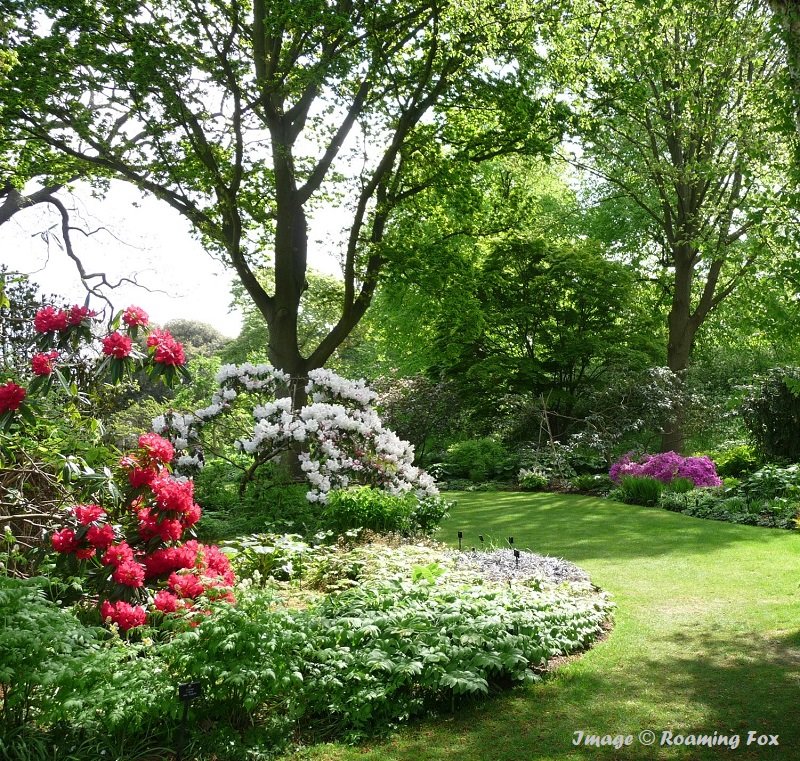













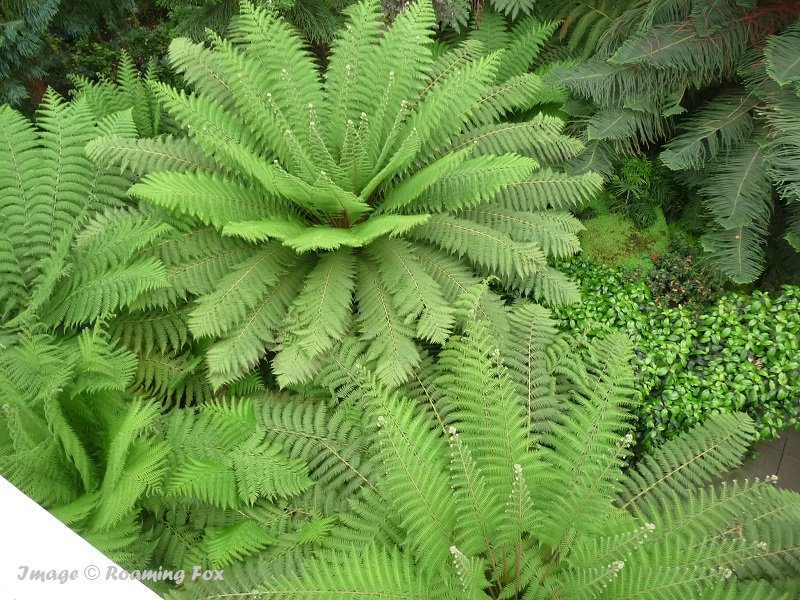






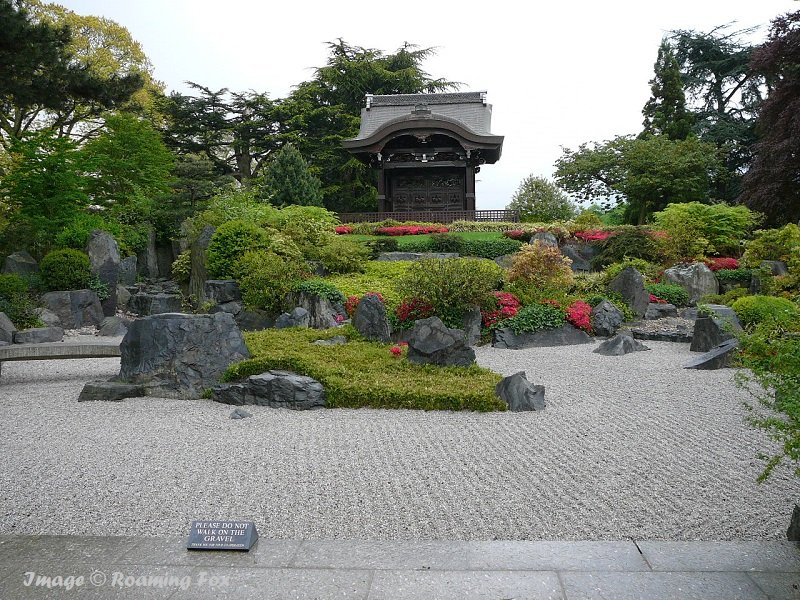
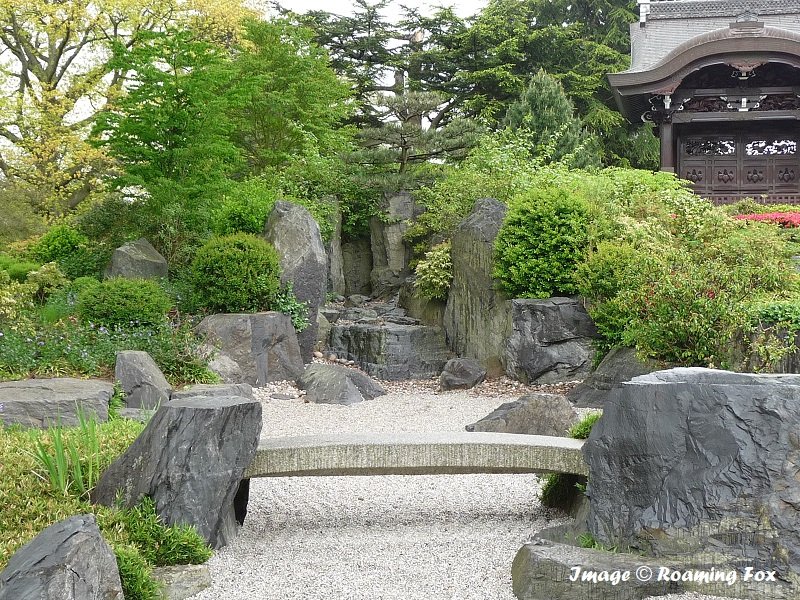















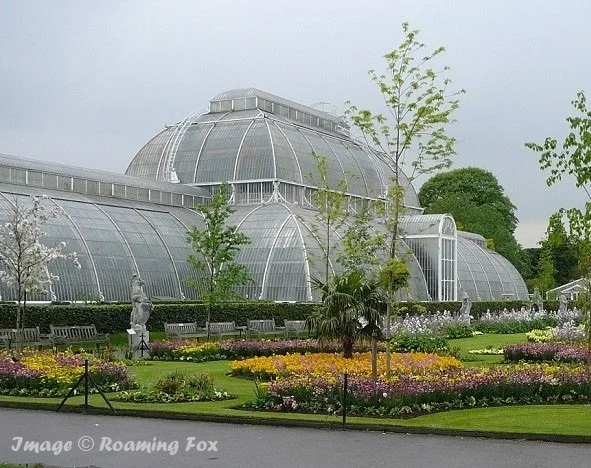



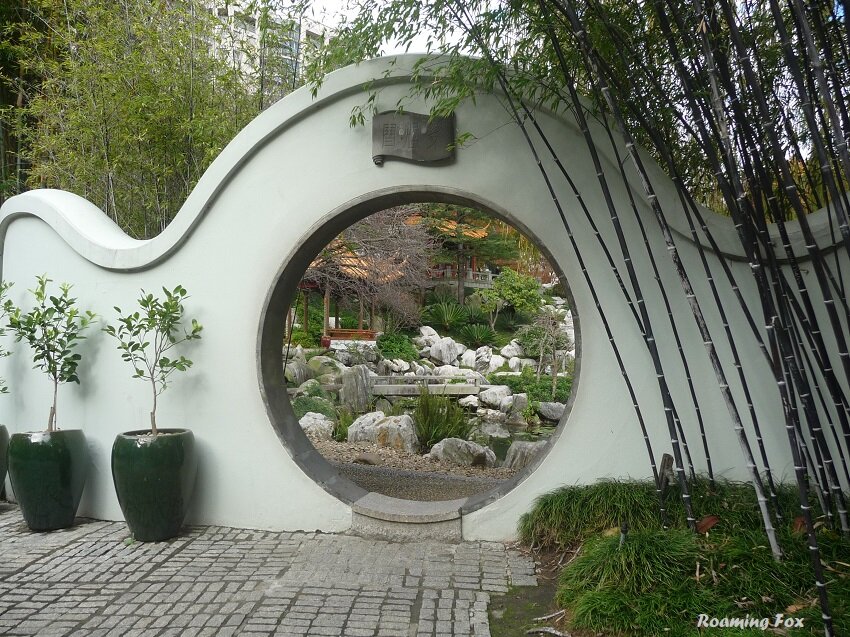



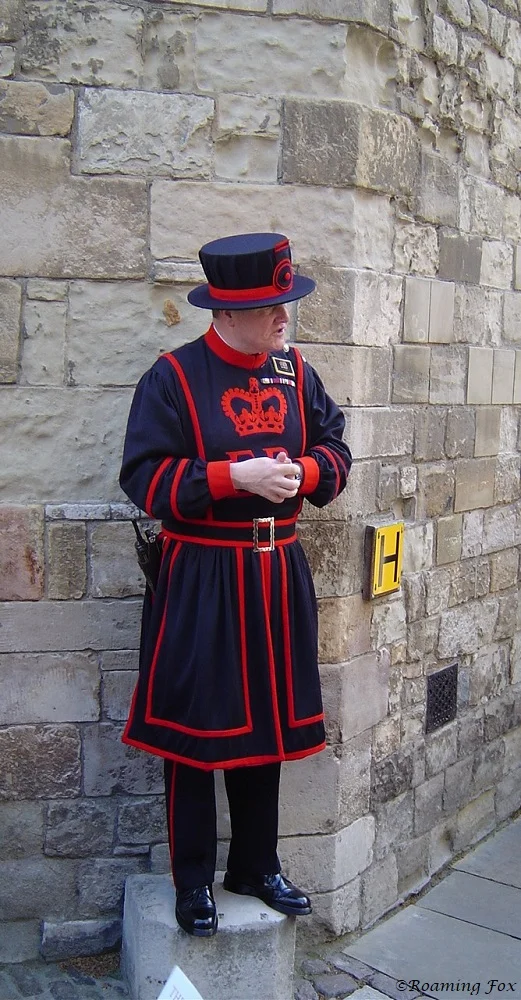
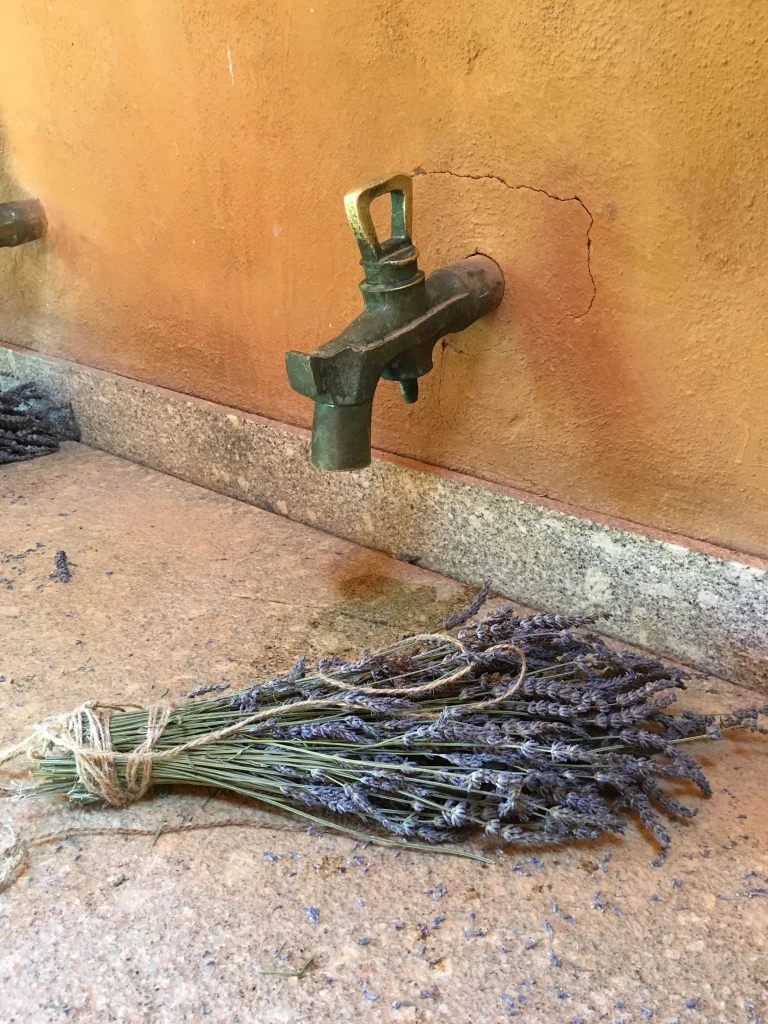

You might have heard of the lookout at Mount Coot-tha that offers a spectacular view of Brisbane but have you heard of the botanical paradise at its base?